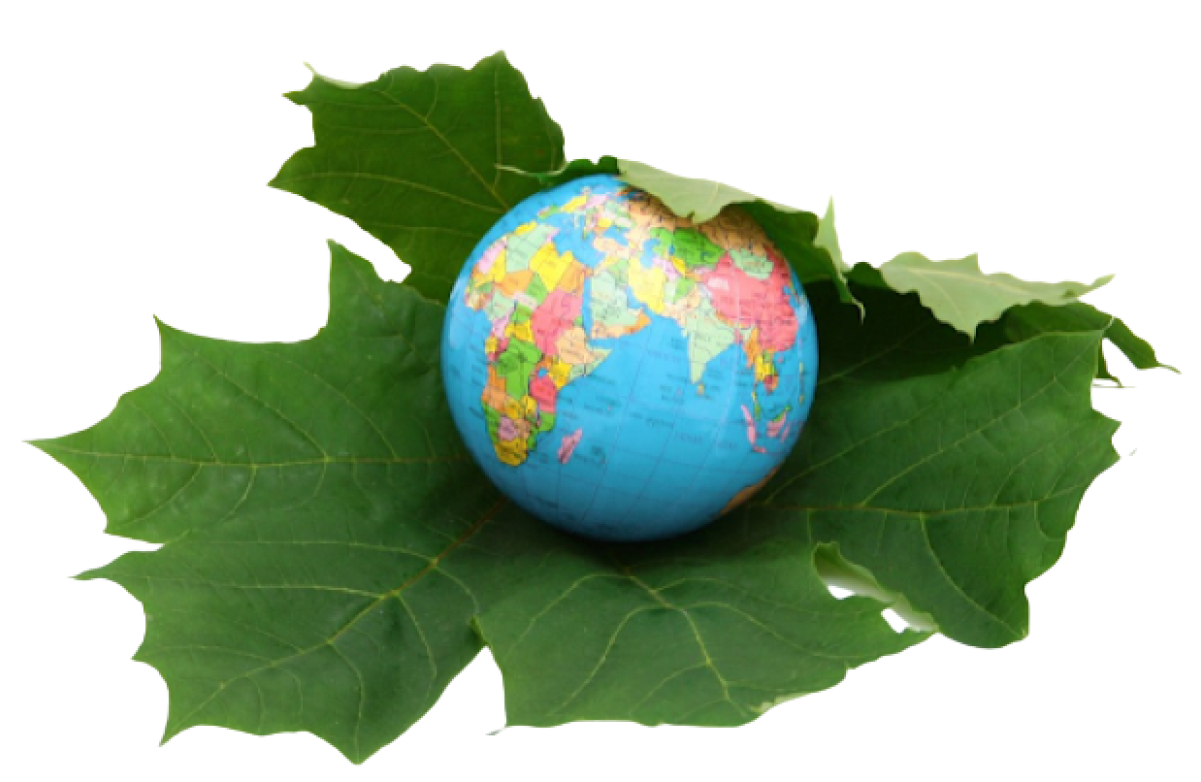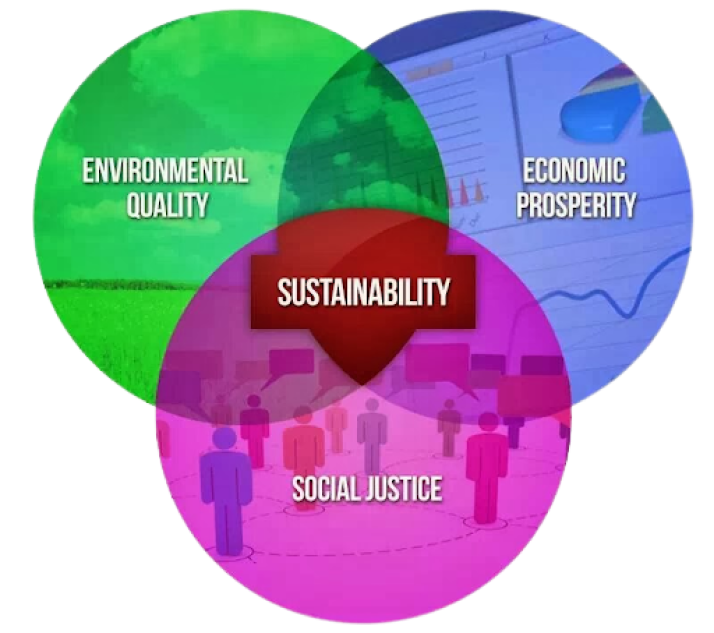
There has never been a more urgent need to restore damaged ecosystems than now. The United Nations has said- A development that meets the needs of the present, without compromising the ability of future generations to meet their own needs is Sustainable Development. There are four dimensions to sustainable development – society, environment, culture and economy which are important for every human being on this planet. The most precarious challenge that sustainable development faces is global warming and climate change. Climate change is changing Earth in ways that are "unprecedented" in thousands of years — and in some cases, hundreds of thousands of years — according to a report recently released by the United Nations. Global climate change is evident enough now through effects on environment like - Glaciers have shrunk, ice on rivers and lakes is breaking up earlier, plant and animal ranges have shifted, loss of sea ice, accelerated sea level rise and longer, more intense heat waves.
Scientists keep warning that the global temperatures will continue to rise for decades to come, largely due to greenhouse gases produced by human activities. The Intergovernmental Panel on Climate Change (IPCC), which includes more than 1,300 scientists from the United States and other countries, forecasts a temperature rise of 2.5 to 10 degrees Fahrenheit over the next century, according to NASA’s Global Climate Change website.
"Taken as a whole," the IPCC states, "the range of published evidence indicates that the net damage costs of climate change are likely to be significant and to increase over time."

According to UN, a warming climatic system is expected to impact the availability of basic necessities like freshwater, food security, and energy, while efforts to redress climate change, both through adaptation and mitigation, will similarly inform and shape the global development agenda. The links between climate change and sustainable development are strong. Poor and developing countries, particularly least developed countries, will be among those most adversely affected and least able to cope with the anticipated shocks to their social, economic and natural systems. Today, a change in climate is felt primarily through a change in water. Millions of children are at risk.
The UN report highlights that some changes that are already playing out, such as warming oceans and rising sea levels, are "irreversible for centuries to millennia." Rising sea levels are causing fresh water to become salty, compromising the water resources millions of people rely on. Extreme weather events and changes in water cycle patterns are making it more difficult to access safe drinking water, especially for the most vulnerable children. Around 74% of natural disasters between 2001 and 2018 were water-related. The frequency and intensity of such events are only expected to increase with climate change.
Climate change will have long term impact on what the living beings eat. Where, how and when we grow food is vitally connected to our climate's normal patterns. Worldwide, farmers are struggling to keep up with shifting weather patterns and increasingly unpredictable water supplies.
Warm and polluted air leads to serious health issues. A warmer atmosphere increases the formation of ground-level ozone – also known as smog – in polluted regions. Smog causes lung related diseases and triggers asthma attacks.

Extreme weather conditions due to global warming puts infrastructure and transportation as high risk. Extreme weather conditions like hot weather, flooding, droughts damage infrastructure and throws away transportation system and put heavy burdens on electrical supplies.
According to a study conducted by University of Arizona, one-third of all animal and plant species on the planet could face extinction by 2070 due to climate change. Globally, up to 1 million species are at risk of extinction because of human activities, according to a United Nations report released in May. Many experts say a “mass extinction event” – only the sixth in the past half-billion years – is already underway. Another catastrophic event that shows the impact of climate change is forest fires. Forest fires have been increasing dramatically, as global warming is leading to longer, harsher droughts and more extreme weather events.
Over the past few years, there has been a growing consensus that fire weather and wildfires are set to increase across the world as temperatures rise. Globally, wildfires have many impacts on humans, wildlife and the economy. Wildfires are a major driver of greenhouse gas emissions and are also responsible for 5-8% of the 3.3 million annual premature deaths from poor air quality. These signs by the nature compels the world to put more emphasis on Sustainable Development. The links between Climate Change and Sustainable Developments are strong as one should act when it matters most. Sustainability efforts should be put in by every nation mainly by focusing on the changes under human control like green buildings, sustainable water infrastructure, less carbon emissions by industries, afforestation, wild life preservation and more.
In the UN’s 2030 Agenda for Sustainable Development, Member States express their commitment to protect the planet from degradation and take urgent action on climate change. The Agenda also identifies climate change as “one of the greatest challenges of our time” and worries about “its adverse impacts undermine the ability of all countries to achieve sustainable development.

Furthermore, if we look at the present-day world, the human population is soaring to a level which is difficult to be sustained with the existing resources. Resource demands are high, air we breathe is highly polluted and the climate that we need to maintain the ecosystem balance no more exists. If current trends continue, cities will contain approximately 70% of the world’s population and produce 85% of global economic output by 2050. The human and environmental impact of cities is staggeringly high, and imposes a high cost on surrounding rural areas. If development continues in the business-as-usual model, the cities of the world will consume 90 billion tons per year of raw materials, such as sand, gravel, iron ore, coal and wood, by 2050, That will have irreversible consequences on the depletion of those finite resources, and will mean the destruction of natural habitats and green space, and resulting loss of biodiversity. There is a pressing need to make major lifetime changes in order to sustain our existence.
But at the same time, we cannot undermine the importance of industrialization and growth. Our overall goal is human progress in all of its forms. Instead of measuring a country’s progress just through its Gross Domestic product (GDP), it’s time that it is measured in terms of Sustainable Development Growth. We can no longer go on with “will see” attitude. It’s time that the way businesses work needs to be modified as per the Sustainable Development Goals set for the entire world. The need for a change is inevitable now. Experts say that if we can live in a sustainable way for the next 10 years, perhaps we will save the earth for a hundred more. All nations, big or small, must realise that one cannot keep endangering the earth and putting sustainability at risk.